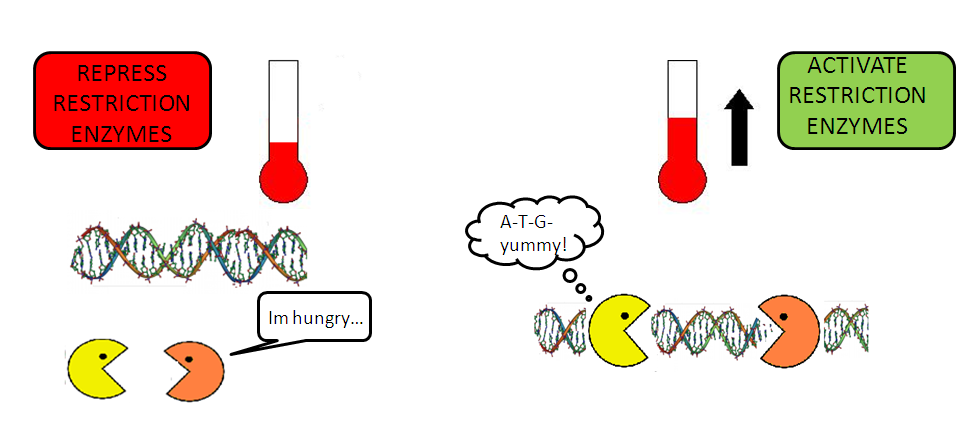Team:Imperial College London/Drylab/Genome deletion
From 2009.igem.org
(Difference between revisions)
| Line 38: | Line 38: | ||
*Develop a model of the number of dead cells as this correlates to our live and dead cells assay. (hyperlink to assay). From this, we can monitor the rate of killing and perform data analysis. | *Develop a model of the number of dead cells as this correlates to our live and dead cells assay. (hyperlink to assay). From this, we can monitor the rate of killing and perform data analysis. | ||
| - | <html><a href="https://2009.igem.org/Team:Imperial_College_London/Drylab/ | + | <html><a href="https://2009.igem.org/Team:Imperial_College_London/Drylab/Genome_Deletion/Analysis"><img style="vertical-align:bottom;" width=90px align="left" src="http://i691.photobucket.com/albums/vv271/dk806/II09_Learnmore.png"></a></html> about the model assumptions and predictions! |
<!--*Model for cell death without Dam methylase protection. | <!--*Model for cell death without Dam methylase protection. | ||
Revision as of 22:53, 9 October 2009

Genome Deletion
Based on the genetic circuit, we know that
- The lambda cI promoter is repressed by the protein cI that is produced constitutively under the strong promoter J23114.
- At 28°C, functional protein cI will bind to the lambda cI promoter to repress it. Restriction enzymes DpnII and TaqI will not be produced.
- When there is an increase in temperature (from 28°C to 42°C [http://www.ncbi.nlm.nih.gov/pubmed/15652426?ordinalpos=13&itool=EntrezSystem2.PEntrez.Pubmed.Pubmed_ResultsPanel.Pubmed_DefaultReportPanel.Pubmed_RVDocSum [1]][http://www.ncbi.nlm.nih.gov/pubmed/10235623 [2]]), there will be a de-repression of lambda cI promoter, causing restriction enzymes DpnII and TaqI to be produced.
Contents |
Our goals
We aim to:
- Explore how temperature correlates to restriction enzyme concentration, and see how it affects the population of live cells, so as to characterise the effects of temperature on cell death.
- Develop a model of the number of dead cells as this correlates to our live and dead cells assay. (hyperlink to assay). From this, we can monitor the rate of killing and perform data analysis.
 about the model assumptions and predictions!
about the model assumptions and predictions!
The system
Summary of Simulation results
Conclusions
References
[1] Jechlinger W, Glocker J, Haidinger W, Matis A, Szostak MP, and Lubitz W. Modulation of gene expression by promoter mutants of the lambdacI857/pRM/pR system. J Biotechnol 2005 Mar 2; 116(1) 11-20. doi:10.1016/j.jbiotec.2004.10.002
[2]Jana NK, Roy S, Bhattacharyya B, and Mandal NC. Amino acid changes in the repressor of bacteriophage lambda due to temperature-sensitive mutations in its cI gene and the structure of a highly temperature-sensitive mutant repressor. Protein Eng 1999 Mar; 12(3) 225-33.
 "
"




